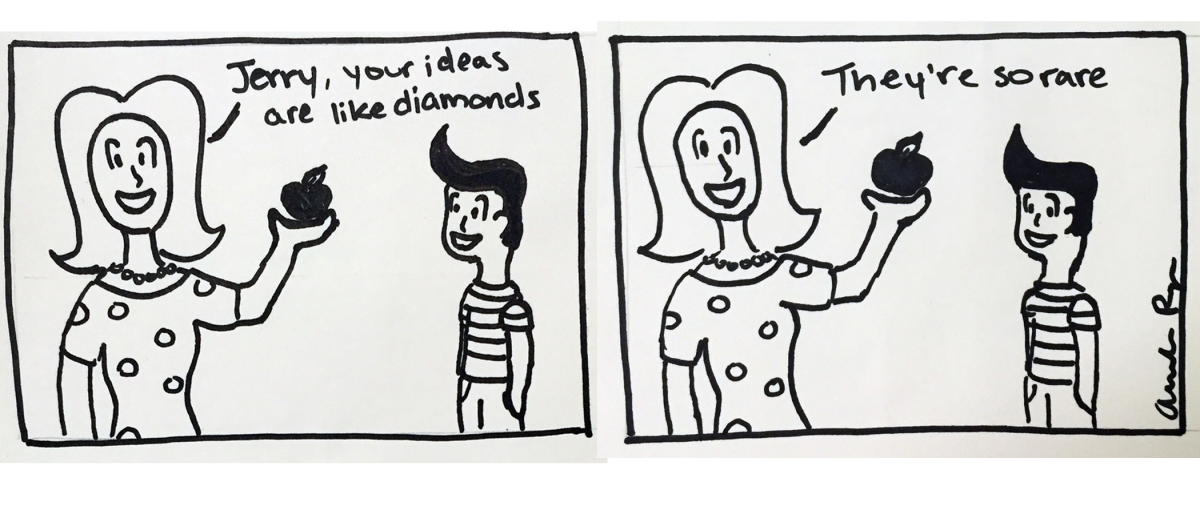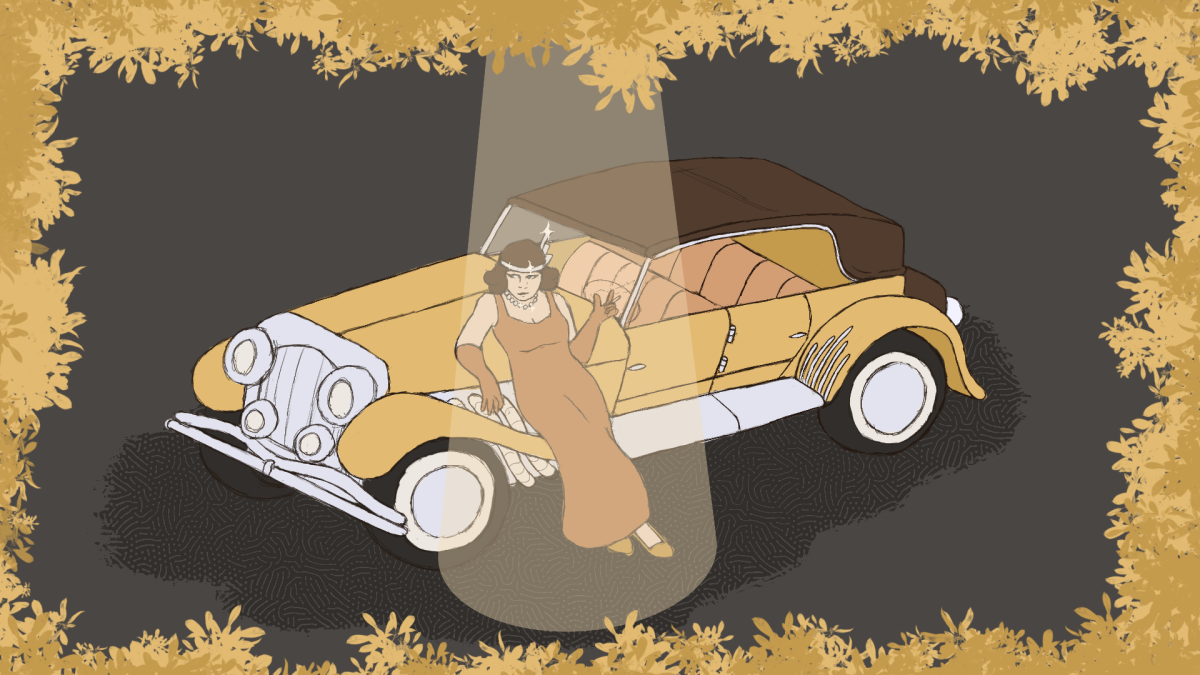For many individuals, a traditional college assignment may consist of late nights studying and bingeing on fancy latte orders. For many design majors, this time is instead spent working on creative projects. To many people, building towers out of straws or pages of drawings may sound relatively simple, but what people may not realize is the deliberate approaches to reach a solution that must be intentional and effective.
People may have an ingenious idea pop into their heads at times; however, designers are trained to be creative all the time. While students can agree these projects are fun, hence, one of the many reasons for pursuing a design major, it requires a lot of hard work.
A common misconception is that design work is as simple as coloring. Hanna Mortensen, a freshman studying industrial design, said, “Many people do not exactly know what design is. They associated it with art, but it is a lot more than that. It is creative problem-solving that meets needs while creating a personal experience for the user.”
It takes a lot of time to develop and create ideas. Sometimes it can take hours after experimenting through possibilities of sketching, prototyping and other techniques. Building a model or creating an illustration on a computer program may sound like a sufficient assignment. Students often realize that the ideas in their heads may be difficult to translate into products. There is careful thought in each decision from cutting pieces of wood, gluing materials together, choosing a certain font or any simple task which adds up to create a final product.
Contrary to what some people think, the simplest ideas may be the most difficult to create. Minimalism in design is a sophisticated approach that may take lots of time to refine into an effective solution. While this idea utilizes the least resources or space possible, it needs to convey all the information or serve the full function of what it is intended for.
From the lack of late time spent studying, some people may think that design students are lucky not to take tests for their disciplines. But when studying for a test, there is only a certain amount of criteria the student needs to know. For design projects, there is no set amount of information to memorize and apply; designers must search for the answers instead. It takes practice to come up with ideas, and even more to distinguish what constitutes a good, better or bad design.
Instead of tests, critiques are used as a measure of a design student’s knowledge and skill. Unlike tests, work presented in critiques does not fit the mold of right or wrong answers. Kayla Watson, a freshman studying graphic design, clarifies this, saying, “grades are based on growth and not necessarily knowing the right answer to everything. There is always an aspect that could be improved upon.”
Professors constantly reinforce this idea that there will always be a way to improve upon a design. For this reason, assignments tend to be subjective because there is no simple measure or formula to determine a grade.
Every product, space or system has been the result of a creative project. The world would be a very different place without the hours designers spend developing creative designs.














